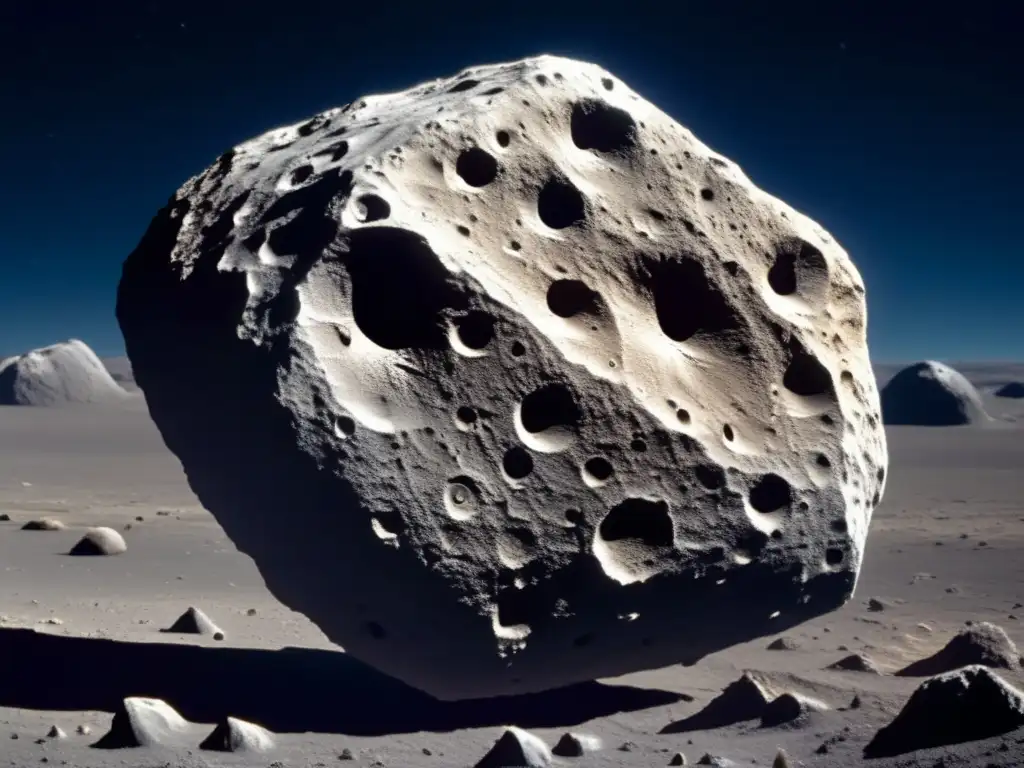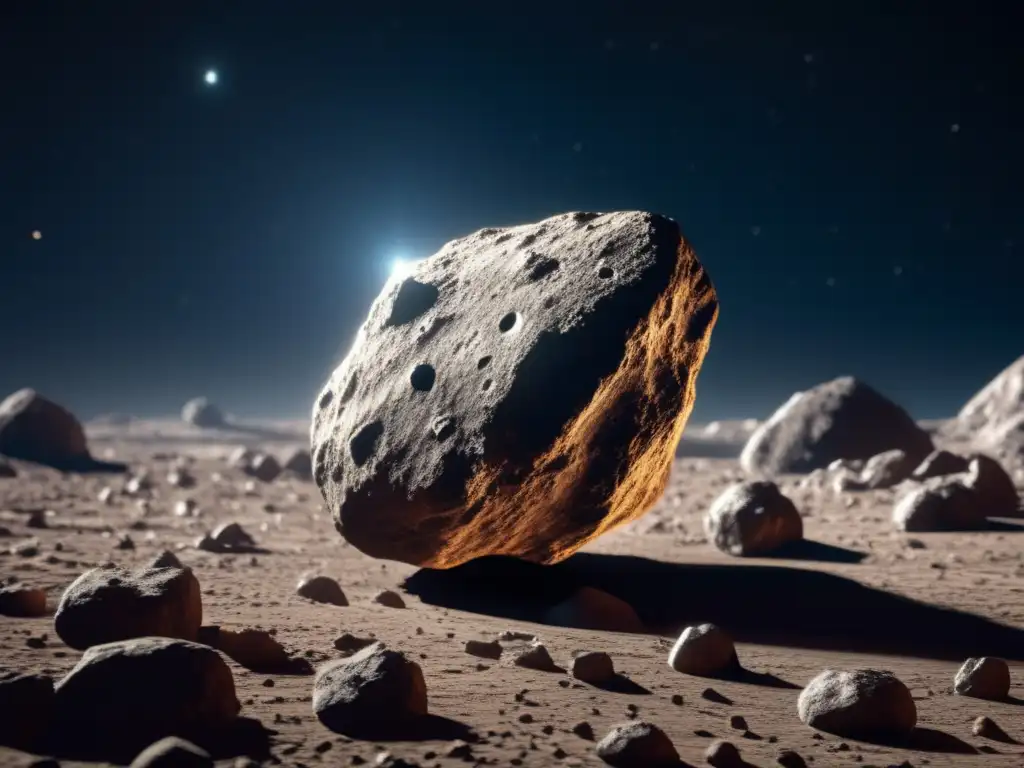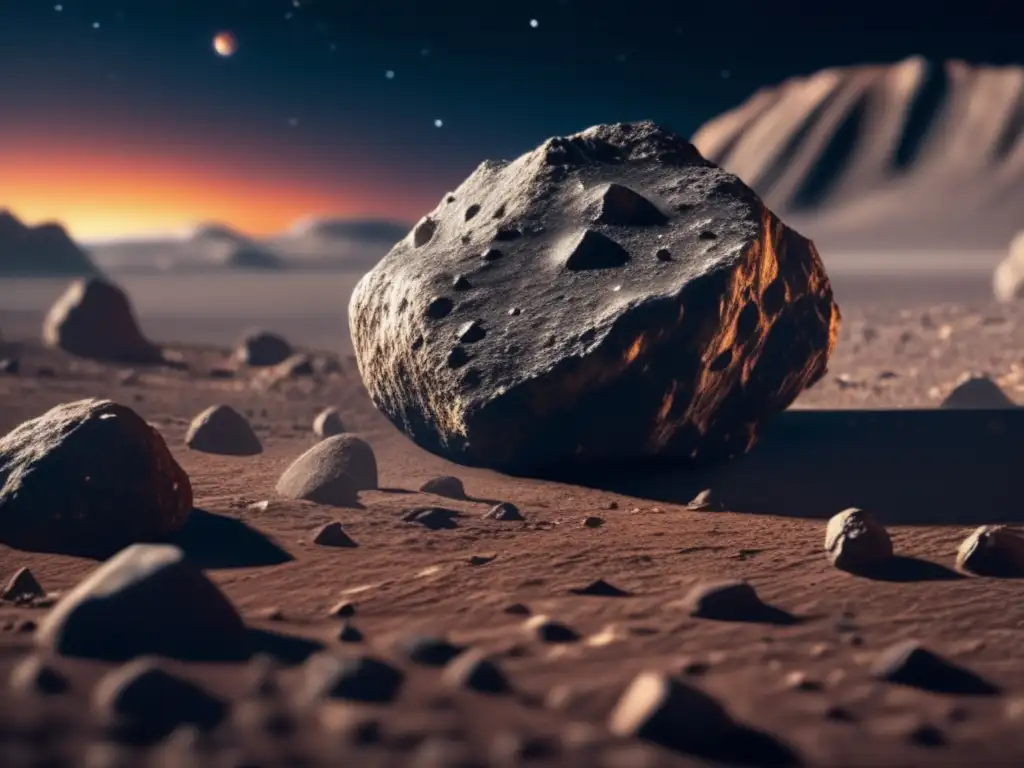Exploring The Unique Features Of Asteroid Sylvia

Introduction
Asteroids have long captivated our imagination with their mysterious and celestial nature. In this article, we delve into the fascinating world of Asteroid Sylvia, exploring its unique features and shedding light on its significance in the realm of asteroids.
The History and Discovery of Asteroid Sylvia

Discovery and Naming
Asteroid Sylvia was discovered on May 16, 1866, by the French astronomer N.R. Pogson. It is named after Rhea Silvia, a mythological figure from Roman mythology who was the mother of Romulus and Remus, the legendary founders of Rome.
Physical Characteristics
Asteroid Sylvia belongs to the main asteroid belt located between Mars and Jupiter. With a diameter of approximately 286 kilometers, it is one of the largest asteroids in the belt. Furthermore, Sylvia is known for its fascinating binary system, consisting of two moons named Romulus and Remus.
Binary System: Romulus and Remus
The discovery of the binary system within Asteroid Sylvia added an extra layer of intrigue to its already captivating presence. Romulus and Remus, the two moons orbiting Sylvia, are believed to be remnants of a larger asteroid that underwent a catastrophic event in the distant past.
The Composition and Structure of Asteroid Sylvia

Spectral Analysis
Spectral analysis of Asteroid Sylvia reveals that it belongs to the C-type group, which indicates a carbonaceous composition. This suggests that the asteroid may contain organic compounds and water ice, making it a potential target for future mining endeavors and scientific exploration.
Surface Features
Initial observations of Asteroid Sylvia's surface indicate the presence of impact craters, ridges, and grooves. The varying topography suggests a complex geological history, possibly shaped by the gravitational interactions with other asteroids or even past collisions.
Internal Structure
While the internal structure of Asteroid Sylvia remains largely unknown, studies suggest that it may possess a differentiated interior, with a rocky core surrounded by layers of regolith and ice. Understanding the internal composition of Sylvia could provide valuable insights into the formation and evolution of asteroids.
Sylvia's Significance in Asteroid Research

Exploring Planetary Formation
Asteroid Sylvia offers scientists a unique opportunity to study the early stages of planetary formation. Its binary system provides insights into the processes that shape and disrupt asteroids, shedding light on the dynamics of celestial objects in our solar system.
Potential for Resource Extraction
The carbonaceous composition of Asteroid Sylvia, coupled with its potential water ice content, presents exciting possibilities for future resource extraction. Mining asteroids like Sylvia could provide vital resources for future space missions and help sustain human exploration beyond Earth.
Impact Risk Assessment
Studying asteroids like Sylvia also contributes to our understanding of their orbital dynamics and the potential risks they pose to Earth. By mapping their trajectories with precision, scientists can better assess and mitigate the threat of potential asteroid impacts.
Frequently Asked Questions

-
How was Asteroid Sylvia discovered?
Asteroid Sylvia was discovered on May 16, 1866, by the French astronomer N.R. Pogson.
-
What is the composition of Asteroid Sylvia?
Spectral analysis suggests that Asteroid Sylvia belongs to the carbonaceous C-type group, indicating a composition rich in organic compounds and possibly water ice.
-
Why is Asteroid Sylvia significant?
Asteroid Sylvia is significant due to its binary system, potential for resource extraction, and its contribution to our understanding of planetary formation and impact risk assessment.
-
How large is Asteroid Sylvia?
Asteroid Sylvia has a diameter of approximately 286 kilometers, making it one of the largest asteroids in the main asteroid belt.
-
What are the names of the moons orbiting Asteroid Sylvia?
The two moons orbiting Asteroid Sylvia are named Romulus and Remus.
Conclusion
Asteroid Sylvia stands out among its celestial counterparts with its intriguing binary system, carbonaceous composition, and potential for resource extraction. Studying Sylvia not only deepens our understanding of planetary formation and impact risks but also opens doors to future space exploration and advancements. As we continue to unveil the mysteries of asteroids like Sylvia, we discover new insights into the intricacies of our solar system and the vastness of the cosmos.
Share your thoughts and continue exploring the fascinating world of asteroids by subscribing to www.asteroidrealm.com. Consider sharing this article on social networks to spread the knowledge further. Thank you for joining us on this cosmic journey.
Additional Resources

For further exploration on asteroids and related topics, refer to the following resources:
- NASA Asteroid Exploration Program
- Asteroid Resource Organization
- International Astronomical Union (IAU)
 A Detailed Study Of Asteroid Thisbe
A Detailed Study Of Asteroid Thisbe Unraveling The Secrets Of Asteroid Ida
Unraveling The Secrets Of Asteroid Ida What We Know About Asteroid Ate
What We Know About Asteroid AteIf you want to discover more articles similar to Exploring The Unique Features Of Asteroid Sylvia, you can visit the Asteroid Profiles category.
Leave a Reply

Articulos relacionados: